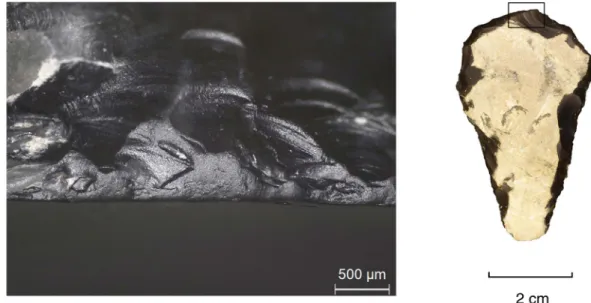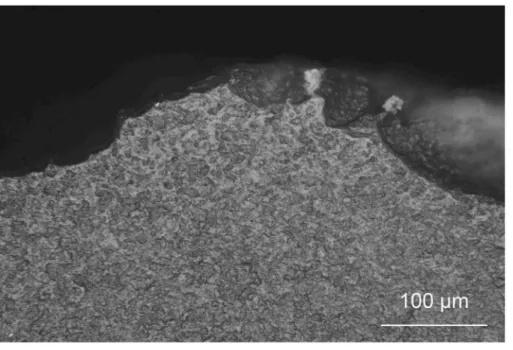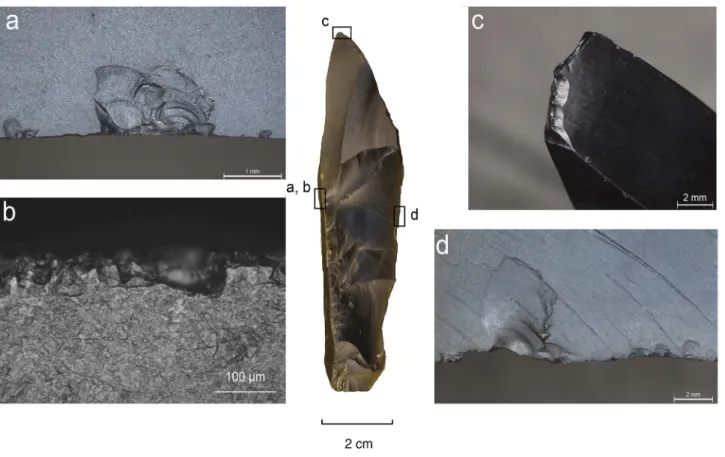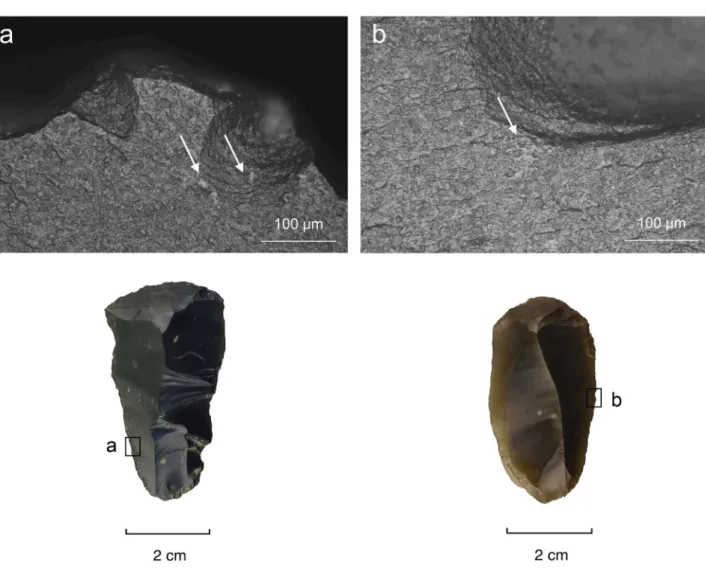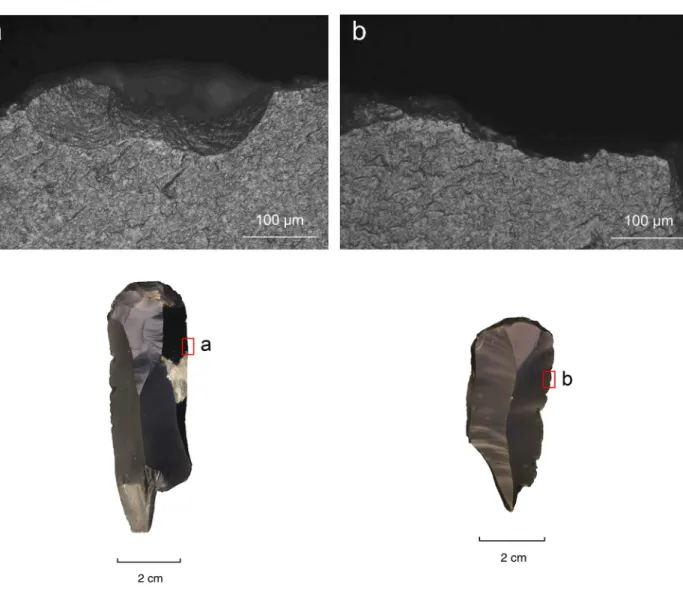Revisiting Maisières-Canal (Hainaut, BE): New results on tool use and hafting
Texte intégral
Figure
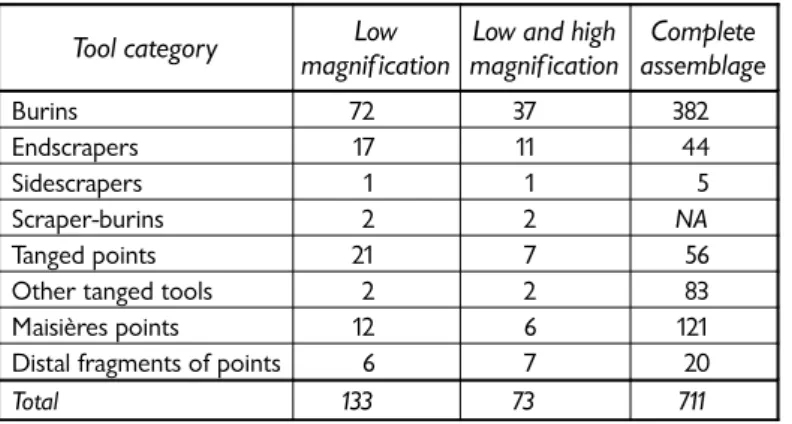
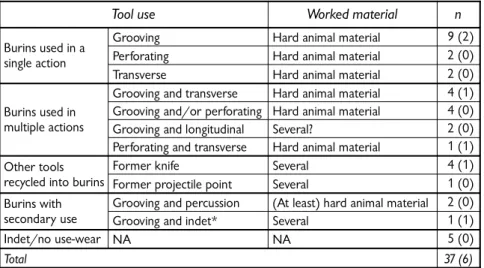
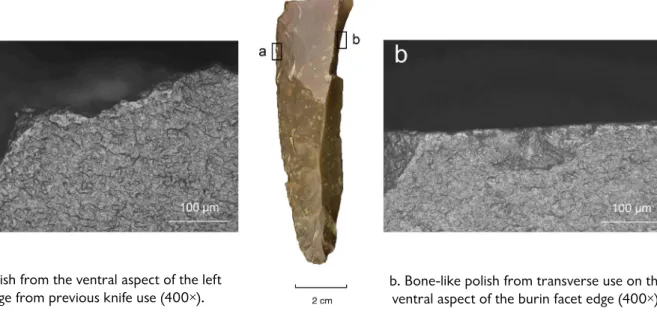
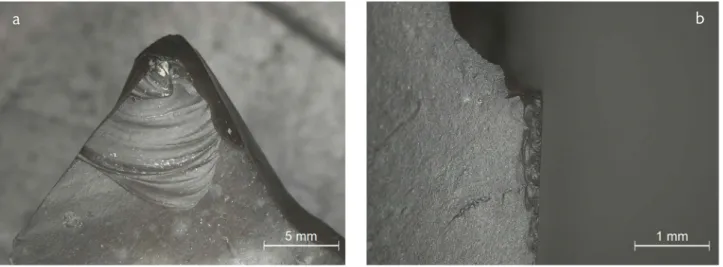
Documents relatifs
These results extend those with adult rats that were subjected to the same intermittent social defeat protocol (Covington, III and Miczek 2005). Future work needs to
Probabilistic Intersection Type Systems?. Flavien BREUVART, Ugo
NOTES the projects proposed by governments in the African Region for implementation during the biennium 1961-1962 under the Expanded Programme of Technical
Seasonal patterns of fine root production and turnover in a mature rubber tree (Hevea brasiliensis Mull. Arg.) stand-differentiation with soil depth and implications for soil
A coustics research conducted by the Institute for Research in Construction (IRC) has been ongOing for much of the Institute's 50 years and the results have influenced building
Noticeably, we observed a direct correlation between the hFIX expression levels and the trans- gene copy number in liver, with mice expressing higher levels displaying more than
4 ــ ةبصلا : اهيف عضوي ةلس هبش .ماعطلا ىنعملا ( 3 امأ ساّنلا نم ةعامجلا وه ةبصلل ) ىنعملا ( 4 ،ماعطلا اهيف عضوي ةلس هبش وهف ) ( ىنعملا نم لاقتنلااف 3 ( ىنعملا
[r]
